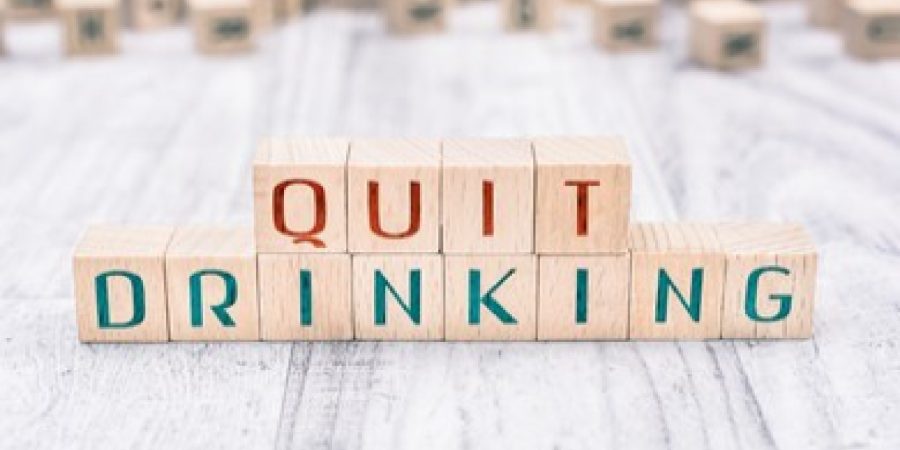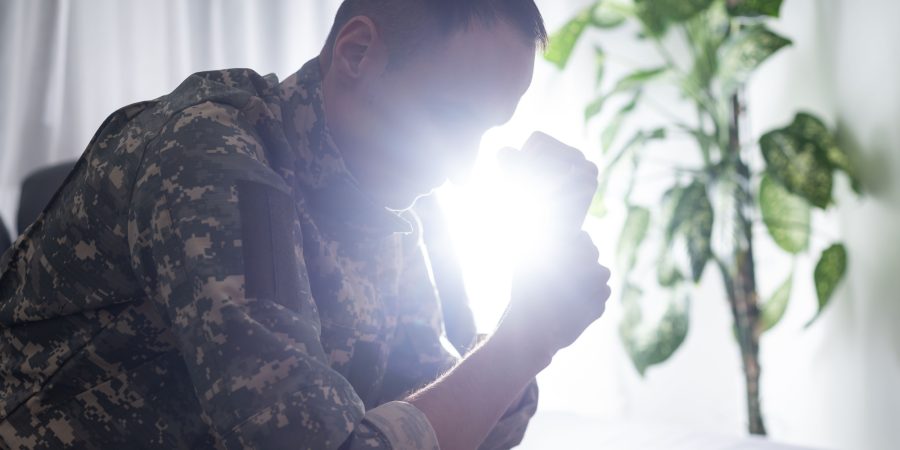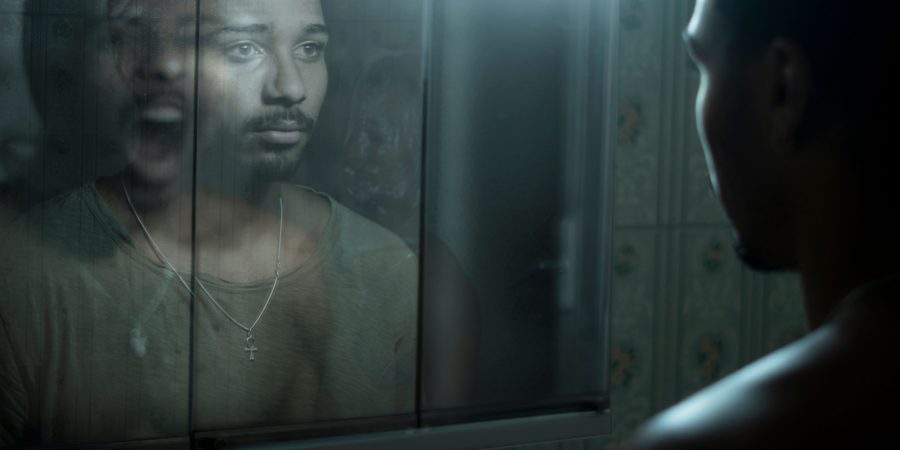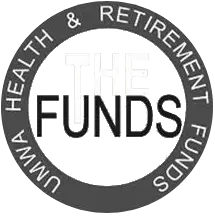People with mental illnesses, such as depression, use drugs and alcohol at a greater rate than the general population, necessitating dual diagnosis treatment centers in Ohio. While the exact figure is unknown, it is believed that one to two-thirds of people seeking specialized mental health care also have a drug abuse problem.
To deal with their mental health condition or discomfort, some people turn to drugs or alcohol. Others may have a variety of mental health symptoms as a result of their alcohol and other drug use or dependency, including anxiety, sadness, and psychosis.
When someone is detoxing from alcohol or drugs, they may experience psychosis. These effects will, in most circumstances, fade away. However, for some people, these symptoms may persist long after they quit using alcohol or other substances.
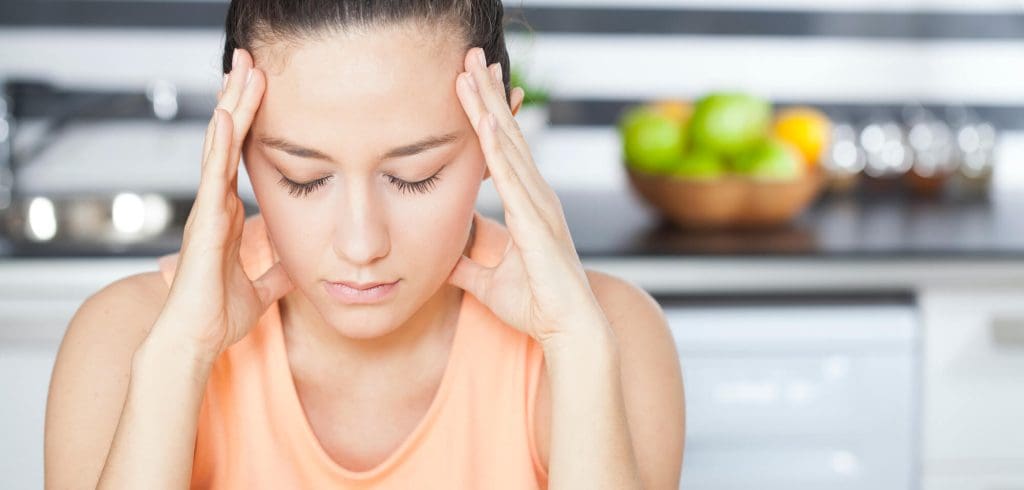
The Effects of Depression on Your Body
Patterns and Symptoms of Depression
Feeling sad or nervous is a natural part of life, but if these emotions persist for longer than two weeks, they might be signs of depression. Each year, 17 million individuals in the United States are believed to suffer from depression. Clinical depression, on the other hand, can disrupt your daily life and produce a cascade of further symptoms if left untreated.
Depression has an impact on how you feel and can also cause physical changes. Major depression (a more severe form of depression) is a significant medical illness that can drastically reduce your quality of life.
A depressive episode lasts at least two weeks and is marked by a depressed mood (feeling sad, irritated, or empty) or a lack of pleasure or interest in activities for the majority of the day, practically every day. Poor focus, feelings of excessive guilt or low self-worth, hopelessness about the future, thoughts of death or suicide, interrupted sleep, changes in food or weight, and feeling unusually weary or low in energy are all possible symptoms.
Specific people may show their mood swings more readily in the form of physiological symptoms in some cultural circumstances (e.g. pain, fatigue, weakness). These physical symptoms, on the other hand, are not caused by another medical disease.
The individual has severe difficulties in personal, familial, social, educational, occupational, and/or other vital areas of functioning during a depressed episode.
A depressive episode is classified as mild, moderate, or severe based on the quantity and intensity of symptoms as well as the influence on the individual’s ability to function.
Mood disorders can manifest themselves in a variety of ways, including:
- The term “single episode depressive disorder” refers to a person’s first and only experience of depression.
- Recurrent depressive disorder, which means the person has had at least two bouts of depression.
- Depressive episodes alternate with periods of euphoria or irritability, increased activity or energy, and other symptoms such as increased talkativeness, racing thoughts, increased self-esteem, decreased need for sleep, distractibility, and impulsive reckless behavior are all symptoms of bipolar disorder.
Depression Contributing Factors
A complex combination of social, psychological, and biological variables leads to depression. People who have experienced adversity in their lives (such as unemployment, bereavement, or traumatic experiences) are more prone to depression. Depression can worsen the affected person’s life situation and the depression itself by causing more stress and dysfunction.
Depression and physical health have a symbiotic relationship. Cardiovascular illness, for example, can cause depression and vice versa.
Preventing Depression
Depression has been demonstrated to be reduced via prevention programs. School-based programs to improve a pattern of positive coping in children and adolescents are effective community approaches to preventing depression. Interventions for parents of children with behavioral issues may help to lessen parental depression and enhance their children’s results. Exercise programs for the elderly can also be beneficial in preventing depression.
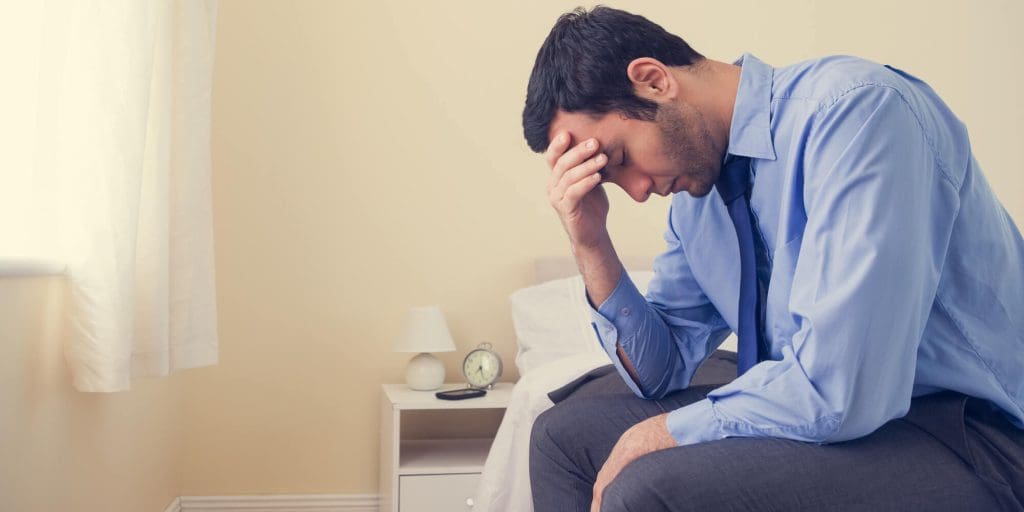
What Is the Connection Between Mental Health and Addiction?
Concurrent Mental Illness and Substance Abuse Problems
People who suffer from mental illness are more prone than others to struggle with substance abuse. People who struggle with alcohol or drug addiction are also more likely to be diagnosed with a mental condition. What is the strength of the link? According to one large study that looked at people throughout the course of their lives, around half of people who have one type of difficulty also have the other sort of problem.
There are three major ways in which these two difficulties interact. It’s important to remember that each mental illness is unique, and alcohol and other drugs have different effects on different people, so each person will have a different experience.
Substance abuse can be exacerbated by mental diseases. People with mental illnesses are more likely to use substances like alcohol and other drugs in dangerous ways.
One idea holds that alcohol or other substances aid people in coping with the many symptoms of mental diseases. People with anxiety problems, for example, may take a short-term anti-anxiety medicine in ways that were not indicated, potentially increasing the risk of dependence.
Some people take drugs to help them cope with the adverse effects of mental medicine. Researchers believe this is one of the explanations for the high smoking rates among patients with schizophrenia, for example.
Diagnosis and Treatment
Dual diagnosis therapy is difficult and necessitates mental health and drug abuse competence. As a result, the top mental health facilities will have experience with dual diagnosis rehabilitation. While there are other approaches to dual diagnosis therapy, the most common is a mix of behavioral treatments and medicines. The specific combination of therapies will be determined by each person’s symptoms.
Dual diagnosis individuals will require varying levels of treatment, depending on the severity of their symptoms and the person. Inpatient dual diagnosis therapy is often indicated due to the difficult nature of dual disorders.
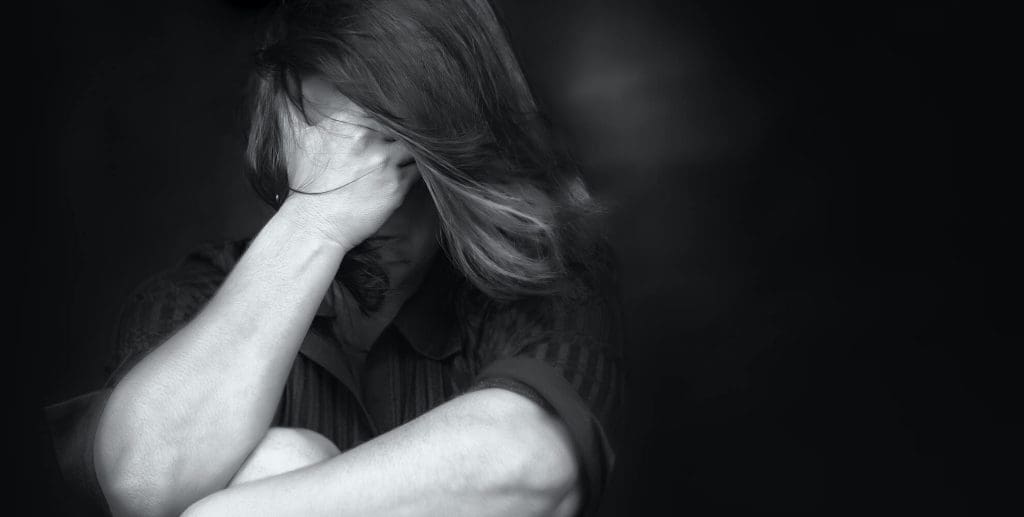
Want to Learn More About Dual Diagnosis Treatment Centers in Ohio?
One of the best inpatient dual diagnosis treatment centers near Cincinnati, Ohio is Georgetown Behavioral Hospital. We pledge to provide a complete continuum of care, which means we will be there for you before, during, and after your dual diagnosis treatment.
Contact us online or call our admissions team at 937-347-3947 to learn more about how to get started on your recovery. We can frequently get you accepted the same day.
Mental illness and substance misuse do not have to be a part of your life. You may start mending right now at Georgetown Behavioral Hospital.


